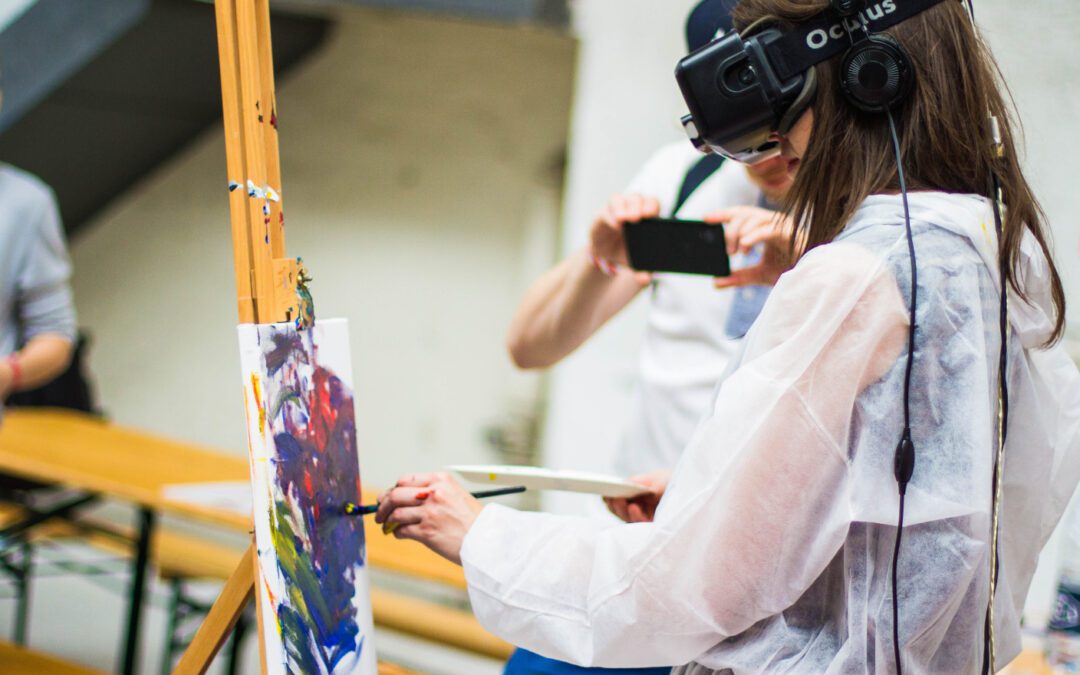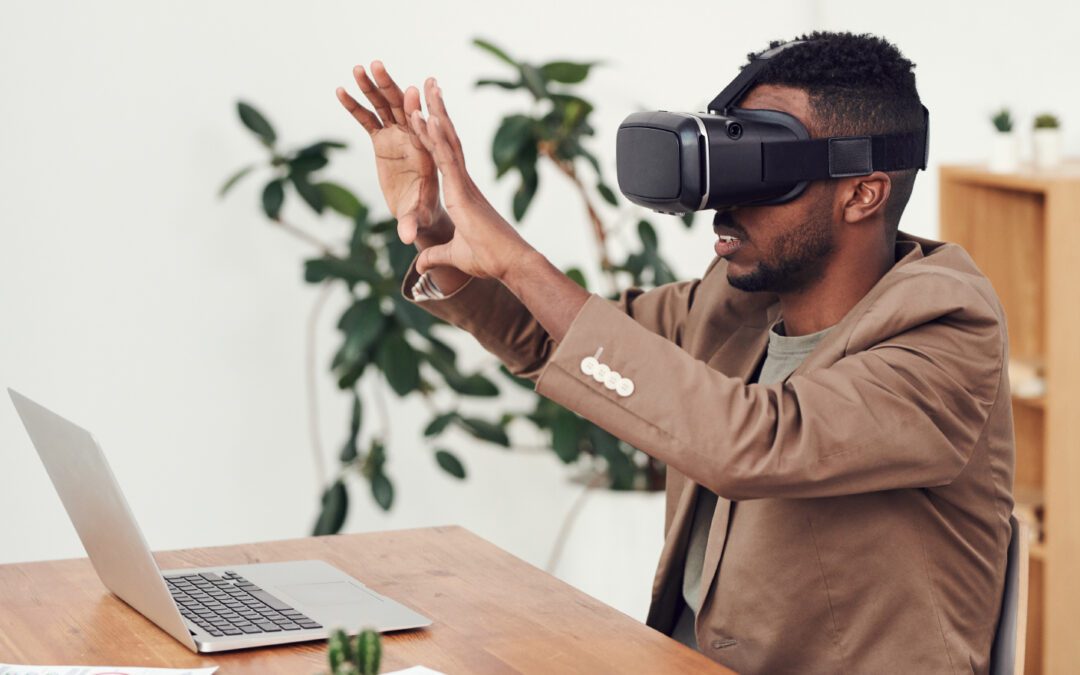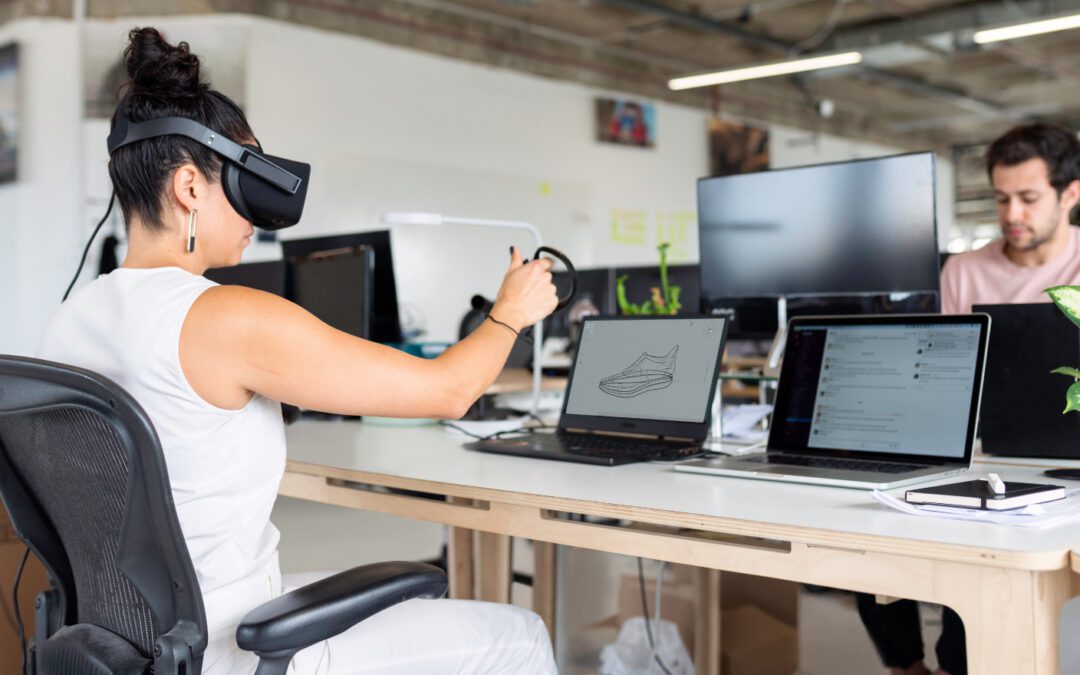Learn From An Experienced Team That Analyze Customer Insights To Help Make Result Driven Brands.

Augmented Reality (AR) is rapidly transforming the way we interact with the world around us. From entertainment and gaming to healthcare and education, AR has the potential to revolutionize many industries. However, to create successful AR applications, designers must prioritize user-centered design principles to ensure that their products meet the needs and expectations of their users.
User-centered design (UCD) is a design philosophy that prioritizes the needs, goals, and expectations of the user throughout the design process. This approach involves understanding user behavior, preferences, and pain points to create products that are intuitive, easy to use, and enjoyable.
When it comes to AR applications, UCD is essential for several reasons. First, AR applications often involve complex interactions between the physical and digital worlds. Users need to be able to seamlessly move between these two environments, and any friction or confusion can lead to frustration and abandonment.
Second, AR applications often rely on immersive and engaging experiences to be successful. Designers must create compelling experiences that are both functional and visually appealing, which requires a deep understanding of user needs and preferences.
Finally, AR applications have the potential to be transformative in many industries, from healthcare to education. However, to achieve these transformative effects, designers must create products that are accessible and inclusive to all users, regardless of their abilities or backgrounds.
UCD can help designers address these challenges by prioritizing user needs and preferences throughout the design process. This approach involves conducting user research to understand user behavior and preferences, creating user personas to represent different user groups, and using iterative design processes to refine the product based on user feedback.
By prioritizing UCD, designers can create AR applications that are intuitive, engaging, and accessible to all users. These applications have the potential to transform industries and improve people’s lives, but only if they are designed with the user in mind.
In conclusion, user-centered design is crucial for the success of augmented reality applications. Designers must prioritize user needs and preferences throughout the design process to create products that are functional, engaging, and accessible to all users. By doing so, designers can unlock the transformative potential of AR technology and create products that truly improve people’s lives.




